The Teens and Twenties saw constant competition for transatlantic liner supremacy among the national lines of Great Britain, Germany and France. The finest engineering, materials, design and decoration were lavished upon national champions searching for the ultimate in speed, safety, comfort and luxury. The reigning champion was designated by the blue riband awarded to the ship with the fastest time between Bishop’s Rock in the Scilly Isles and New York’s Ambrose lightship. Great Britain had two contenders for transatlantic supremacy, White Star and Cunard. They both relied upon the legendary shipyards of the Clyde in Scotland for a succession of larger, more luxurious, faster liners. In 1930 Cunard responded to White Star’s Oceanic with the first of a two-ship order with John Brown & Company in Scotland. Cunard’s innovative plan was to use the two huge liners – planned at over 80,000 tons – in a weekly shuttle between Southampton, Cherbourg and New York. Speed was essential, not only to wrest the blue riband from the French and Germans but also to maintain the demanding schedule. The decision came just as the Depression took hold and less than a year after laying down the keel Cunard called a halt to construction in December 1931. Cunard applied to the UK government for a loan to continue construction of the ship, until now known only as Hull #534 but eventually to be commissioned Queen Mary, and a sister ship, Hull #552, destined to become Queen Elizabeth. Conditions of the government’s support included merging with Cunard’s UK competition, White Star. The move made economic sense on the transatlantic route, but in the process bailed out White Star’s owner, J.P. Morgan & Company. Final agreement was reached during December 1933 and construction resumed in April 1934, much to the relief of the Clydeside yards, and particularly John Brown & Company where both the new Cunard liners were to be built. Soon after she was launched Queen Mary captured the blue riband from the French Line’s Normandie, an honor with Queen Mary held with only a single break until 1952. In December 1933 John Brown’s managing director, Frederick Charles Stewart no doubt much relieved and encouraged with the government’s agreement with Cunard to resume construction of the two giant liners, ordered this gorgeous new 3½ Liter Bentley with drophead coupé coachwork by Park Ward. It was dispatched to Park Ward on February 2, 1934. The coachwork proceeded quickly at Park Ward – which probably had little in the way of backlog competing for the attentions of its craftsmen in the depths of the Depression. The finished automobile was paid for less than two months later on March 23, 1934 (£1,234.15) and delivered to Stewart the next day. It was eventually passed on after the war to another Stewart, Iain Maxwell Stewart, then to two further owners, Dr. David MacMyn in Kirkusbright and Dr. Hector Seymour Peter Monroe in Lockerbie. It bears a number of auto club badges from Africa including the Rhodesia AA, South African Institute of Advanced Motorists and Rondalia Toer Klub, suggesting its postwar history. In 1978 its trail picks up in the United States where Robert G. Parker of Pebble Beach, California listed it in his membership in the Rolls-Royce Owners’ Club and it was later offered for sale by Dr. R.P. Buedingen in Castro Valley, California. It is believed to be only the 43rd chassis built following the acquisition of Bentley by Rolls-Royce. The attractive and practical Park Ward drophead coupé coachwork handsomely complements the 3½ Liter Bentley drivetrain and chassis, particularly finished in its restrained livery of burgundy with black beltline accent and burgundy leather upholstery. The design is enhanced by Park Ward’s dropped boot compartment in which the top nestles when folded almost level with the window sills. Righthand drive, it has brightly polished wheel discs, Lucas “King of the Road” headlamps and an enclosed spare wheel/tire on the rear deck giv
The Teens and Twenties saw constant competition for transatlantic liner supremacy among the national lines of Great Britain, Germany and France. The finest engineering, materials, design and decoration were lavished upon national champions searching for the ultimate in speed, safety, comfort and luxury. The reigning champion was designated by the blue riband awarded to the ship with the fastest time between Bishop’s Rock in the Scilly Isles and New York’s Ambrose lightship. Great Britain had two contenders for transatlantic supremacy, White Star and Cunard. They both relied upon the legendary shipyards of the Clyde in Scotland for a succession of larger, more luxurious, faster liners. In 1930 Cunard responded to White Star’s Oceanic with the first of a two-ship order with John Brown & Company in Scotland. Cunard’s innovative plan was to use the two huge liners – planned at over 80,000 tons – in a weekly shuttle between Southampton, Cherbourg and New York. Speed was essential, not only to wrest the blue riband from the French and Germans but also to maintain the demanding schedule. The decision came just as the Depression took hold and less than a year after laying down the keel Cunard called a halt to construction in December 1931. Cunard applied to the UK government for a loan to continue construction of the ship, until now known only as Hull #534 but eventually to be commissioned Queen Mary, and a sister ship, Hull #552, destined to become Queen Elizabeth. Conditions of the government’s support included merging with Cunard’s UK competition, White Star. The move made economic sense on the transatlantic route, but in the process bailed out White Star’s owner, J.P. Morgan & Company. Final agreement was reached during December 1933 and construction resumed in April 1934, much to the relief of the Clydeside yards, and particularly John Brown & Company where both the new Cunard liners were to be built. Soon after she was launched Queen Mary captured the blue riband from the French Line’s Normandie, an honor with Queen Mary held with only a single break until 1952. In December 1933 John Brown’s managing director, Frederick Charles Stewart no doubt much relieved and encouraged with the government’s agreement with Cunard to resume construction of the two giant liners, ordered this gorgeous new 3½ Liter Bentley with drophead coupé coachwork by Park Ward. It was dispatched to Park Ward on February 2, 1934. The coachwork proceeded quickly at Park Ward – which probably had little in the way of backlog competing for the attentions of its craftsmen in the depths of the Depression. The finished automobile was paid for less than two months later on March 23, 1934 (£1,234.15) and delivered to Stewart the next day. It was eventually passed on after the war to another Stewart, Iain Maxwell Stewart, then to two further owners, Dr. David MacMyn in Kirkusbright and Dr. Hector Seymour Peter Monroe in Lockerbie. It bears a number of auto club badges from Africa including the Rhodesia AA, South African Institute of Advanced Motorists and Rondalia Toer Klub, suggesting its postwar history. In 1978 its trail picks up in the United States where Robert G. Parker of Pebble Beach, California listed it in his membership in the Rolls-Royce Owners’ Club and it was later offered for sale by Dr. R.P. Buedingen in Castro Valley, California. It is believed to be only the 43rd chassis built following the acquisition of Bentley by Rolls-Royce. The attractive and practical Park Ward drophead coupé coachwork handsomely complements the 3½ Liter Bentley drivetrain and chassis, particularly finished in its restrained livery of burgundy with black beltline accent and burgundy leather upholstery. The design is enhanced by Park Ward’s dropped boot compartment in which the top nestles when folded almost level with the window sills. Righthand drive, it has brightly polished wheel discs, Lucas “King of the Road” headlamps and an enclosed spare wheel/tire on the rear deck giv
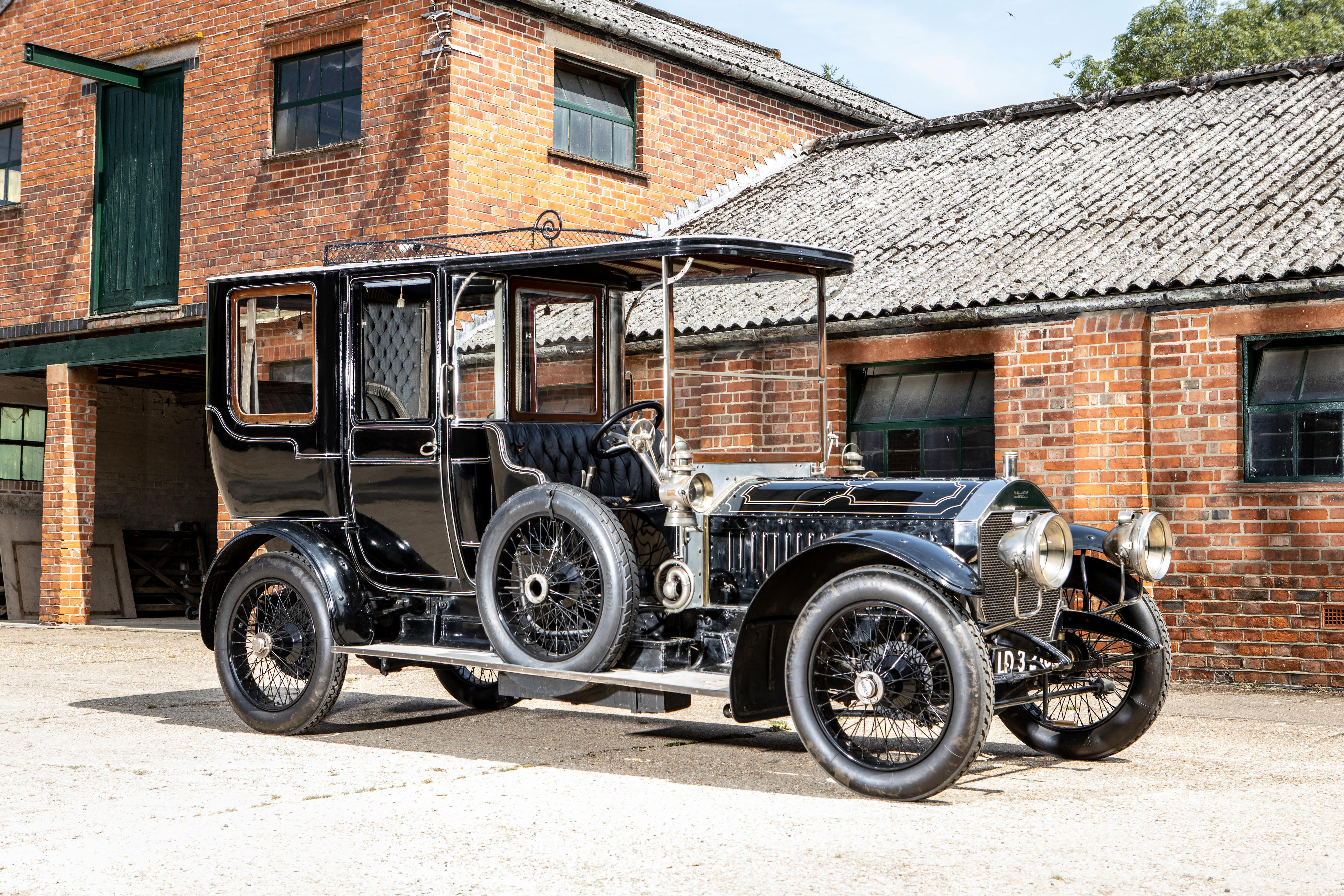


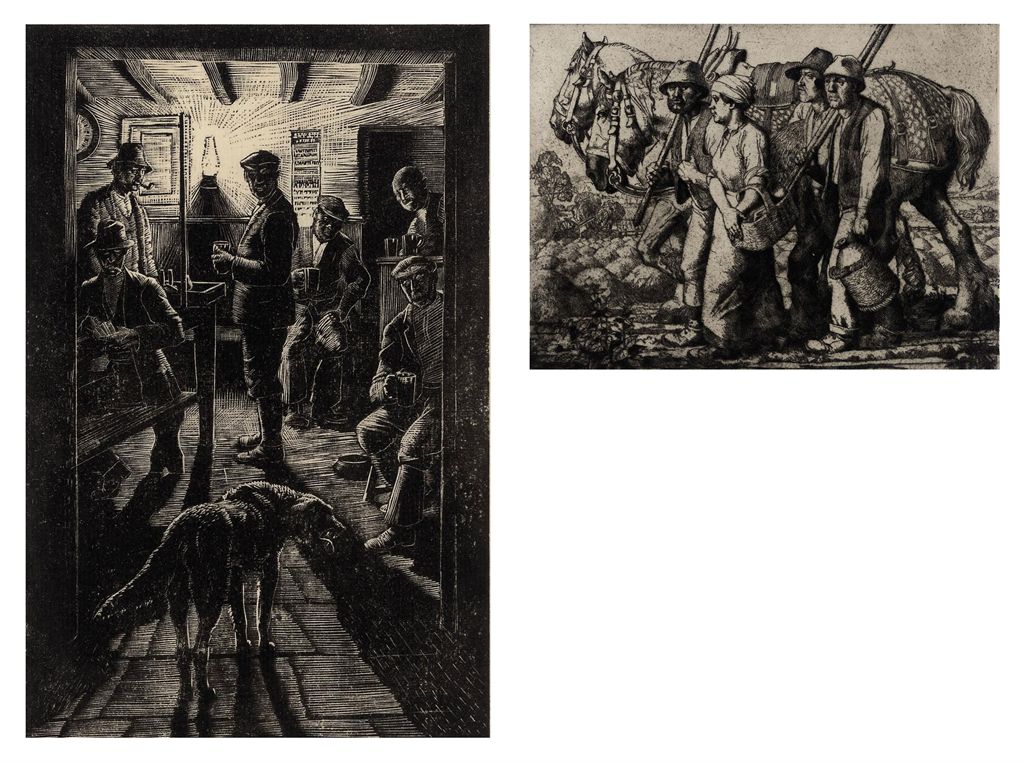
/88866/Internet%20Image%201.jpg)
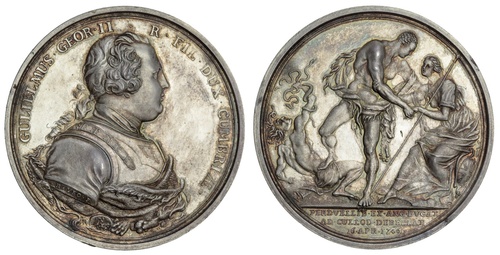
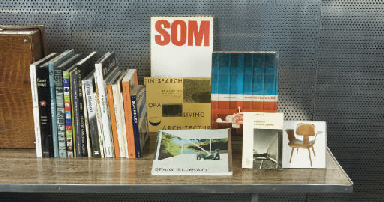

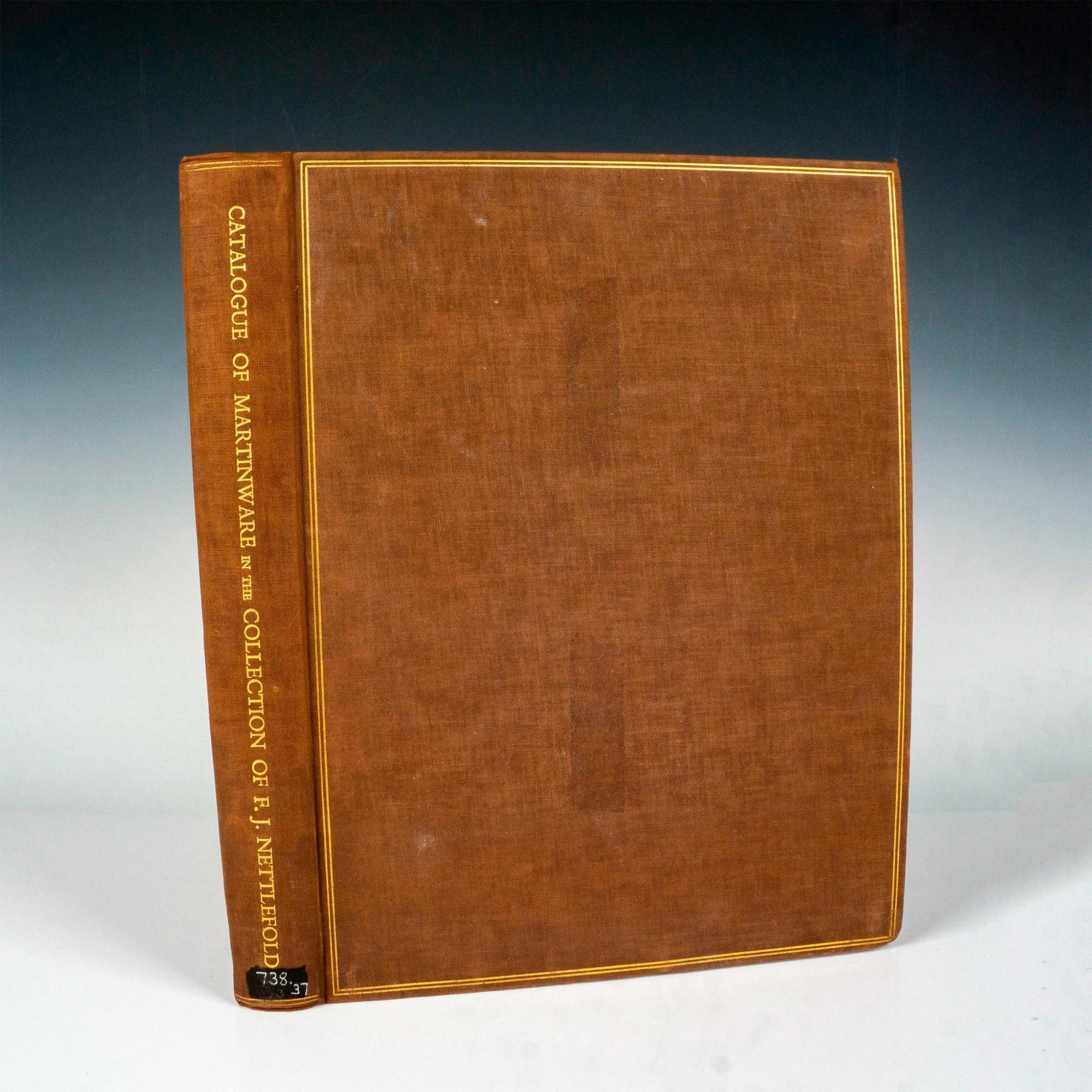
/56171/Internet%20Image%201.jpg)

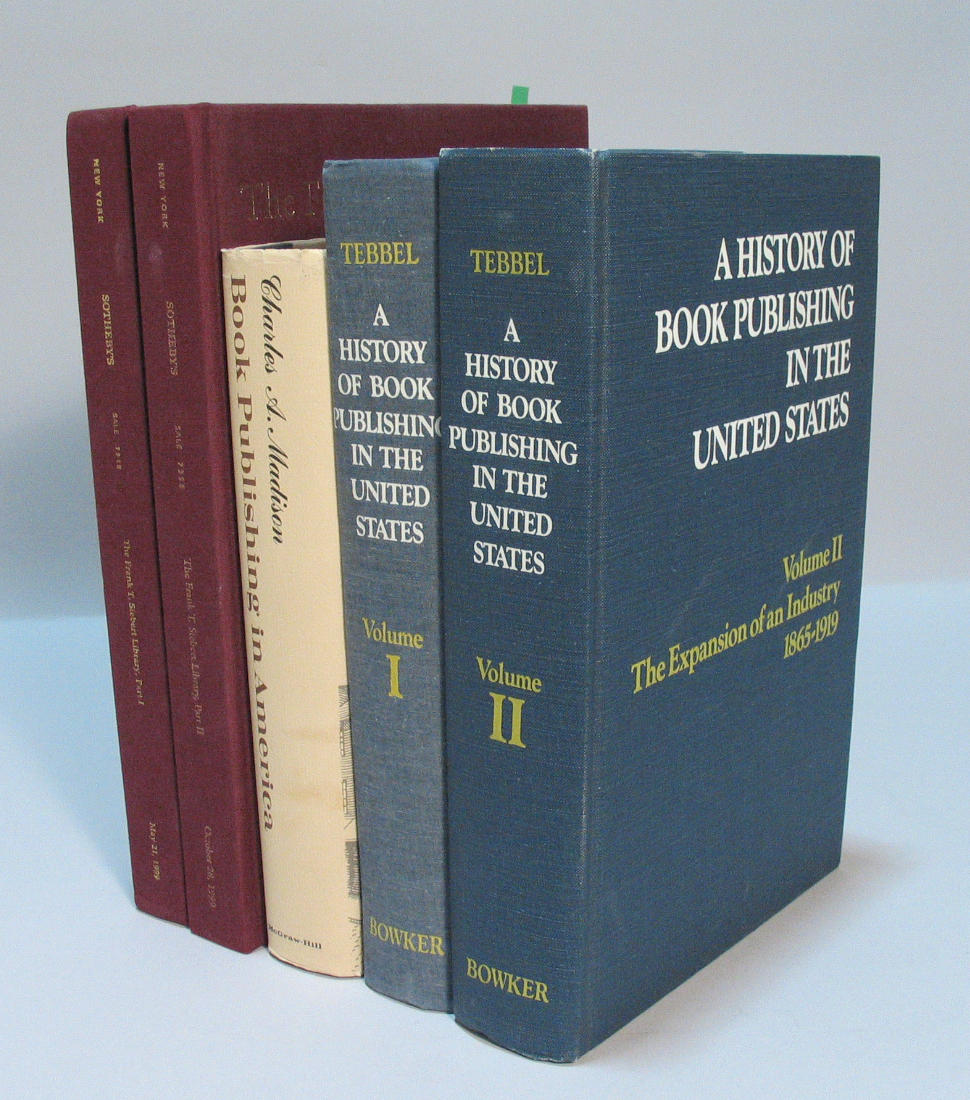



Testen Sie LotSearch und seine Premium-Features 7 Tage - ohne Kosten!
Lassen Sie sich automatisch über neue Objekte in kommenden Auktionen benachrichtigen.
Suchauftrag anlegen